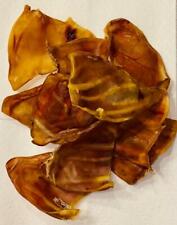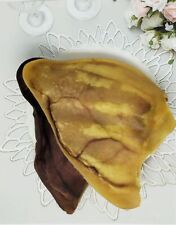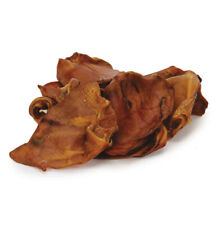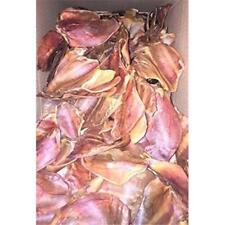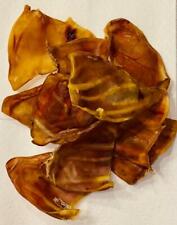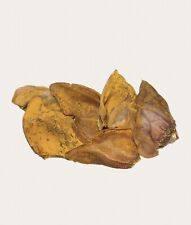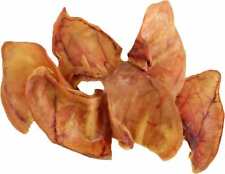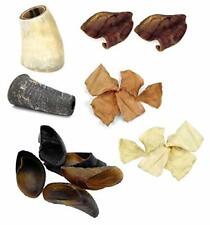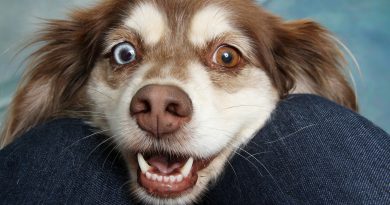Westminster Dog Show Expert Shares Training Secrets

For one thing, puppies in training are likely to spend some of their time with a professional dog handler, like Clint Livingston of Denver. Livingston has been training Westminster hopefuls for three decades. "We start them young, and the key is socialization," he explains. "We make sure they’re around lots of people, with lots of hands on them so they get used to it."
While non-show dogs don’t need to be as comfortable with the human touch as Westminster wannabes, they can nonetheless learn something from Westminster training and grooming standards. Below, Livingston shares his tips for helping your furry friend achieve best in its own show.
Training
What’s crucial to training a dog to do just about anything? Repetition, food motivation and compliments. "Dogs want to make people happy," emphasizes Livingston. "Give them lots of praise when they do something right, and lots of verbal encouragement along the way. Positive reinforcement is the best training tool of all."
Before they compete, show dogs must master these skills:
- Stacking: A "stacked" dog is one that stands squarely and still. For most breeds, front legs are straight and under the shoulder blades. Rear legs are vertical from the hock (comparable to the human ankle) down. Paws face forward. To teach your dog to stack, place four bricks on the floor where you’d like your pet’s paws to go. With treats, help your dog practice standing in this position on the bricks before moving your pet to the floor to replicate the position.
- Giving Ears: A dog that is "giving ears" has its ears perked up, its head held high and its eyes gleaming with confidence. To train your pet to put its best ear forward, hold a treat at a level where head and neck are drawn high. As your pet gets used to this position, pull the treat away quickly to keep your dog’s attention before allowing your pet to indulge.
- Walking: If a model struts, a show dog trots, which means its right front leg and left back leg move in concert (followed by the movement of the left front leg and right back leg), showing off its physique to best advantage. Pacing is key to proper trotting. Take your pet’s leash in your left hand. Try different speeds to see which one allows your dog to trot comfortably.
Grooming
While grooming standards vary greatly by breed, all show dogs are brushed and bathed weekly. "Clean hair grows, and it also looks nice," explains Livingston. To make bath time easy at home, try this:
- Brush your furry friend first to remove loose hairs.
- Lay out bathing supplies – such as a diluted commercial shampoo, a pitcher for rinsing and a towel for drying – in advance.
- Put cotton in your dog’s ears to keep water out.
- Always use warm water.
But the work doesn’t end there. If you want your pet to look like a show dog, add nail clipping, teeth brushing and ear cleaning to your weekly to-do list. For each, choose a time of day when your dog tends to be relaxed. Talk sweetly to your best friend throughout, and if it begins to resist you, finish up another day. But more specifically:
- Invest in a nail clipper made just for dogs. Trim only the nail tips to avoid cutting into "the quick," or the veins in your pet’s nails.
- To brush your pet’s teeth, position your dog on an elevated surface like a table, hold its head firmly and its mouth open with one hand. Move the toothbrush in a circular motion, making sure to brush at the gum line.
- Moisten a cotton ball with a commercial ear cleaner and swab the outer ear canal outward in order to remove dirt and wax.
Your pal doesn’t have to be a show dog to look and act like one. With Livingston’s guidelines, your dog can be like the puppies he trains in no time. "It’s great to watch them learn," he says. "You watch their confidence grow by


